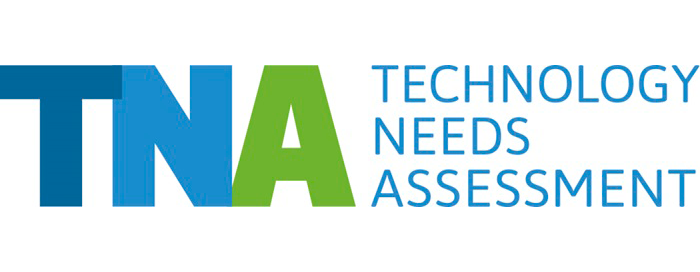The Comoros successfully completed its TNA IV in 2024 and has prioritised sectors and technologies for both mitigation and adaptation. Over the past years, the country assessed barriers and identified measures for priority technologies.
The Comoros, as an island developing nation, is highly vulnerable to the impacts of climate change. The main hazards related to climate change are increases in temperatures and sea levels, changes in precipitation and more intense tropical cyclones, the modification of the wind regime and the acidification of the ocean.
The economy of the Comoros is highly dependent on agriculture, which constitutes approximately 50% of its GDP, and the majority of the population lives in coastal areas. In the Comoros rural and coastal communities, as well as farmers who often lack the capacity to withstand climate hazards, are highly impacted by climate change.
In its NDC, the Comoros stresses that a strong focus will be built on enforcing regulations for the restoration of degraded areas. The Comoros’ NDC also highlights the promotion of intensive agriculture and increasing the involvement of women and communities in environmental decision-making in view of their growing role in the development of the domestic economy.
The Comoros’ participation in the TNA contributes to SDGs:






